Mailing List
Sign up for our mailing list to get latest updates and offers.
Jim Corbett, born in 1875 in the foothills of the Himalayas, is celebrated as one of the most influential figures in wildlife conservation. Initially renowned for his expertise as a hunter, Corbett's focus shifted dramatically towards preserving wildlife after he witnessed the declining numbers of Bengal tigers and other species. His profound understanding of wildlife and their habitats led to the establishment of Corbett National Park, India's first national park, which was founded in 1936. Through his compelling narratives in books like "Man-Eaters of Kumaon," Corbett not only recounted his thrilling encounters with wildlife but also championed the cause of conservation. His legacy endures through the park that bears his name and his impactful writings, which continue to inspire conservation efforts and foster a greater appreciation for India's rich natural heritage.
Morning: Arrival: Arrive at Jim Corbett National Park by road or rail. The nearest major railway station is Ramnagar, and the nearest airport is Pantnagar. Check-in: Check in at your chosen lodge or resort. Recommended options include The Corbett Hideaway, Aahana Resort, or Corbett River Creek. Afternoon: Lunch: Enjoy a meal at your resort. Orientation Session: Attend an orientation session to understand park rules, safari schedules, and safety guidelines. Evening: Nature Walk: Take a guided nature walk around the resort to get acquainted with the local flora and fauna. Dinner: Relax with a dinner at the resort.
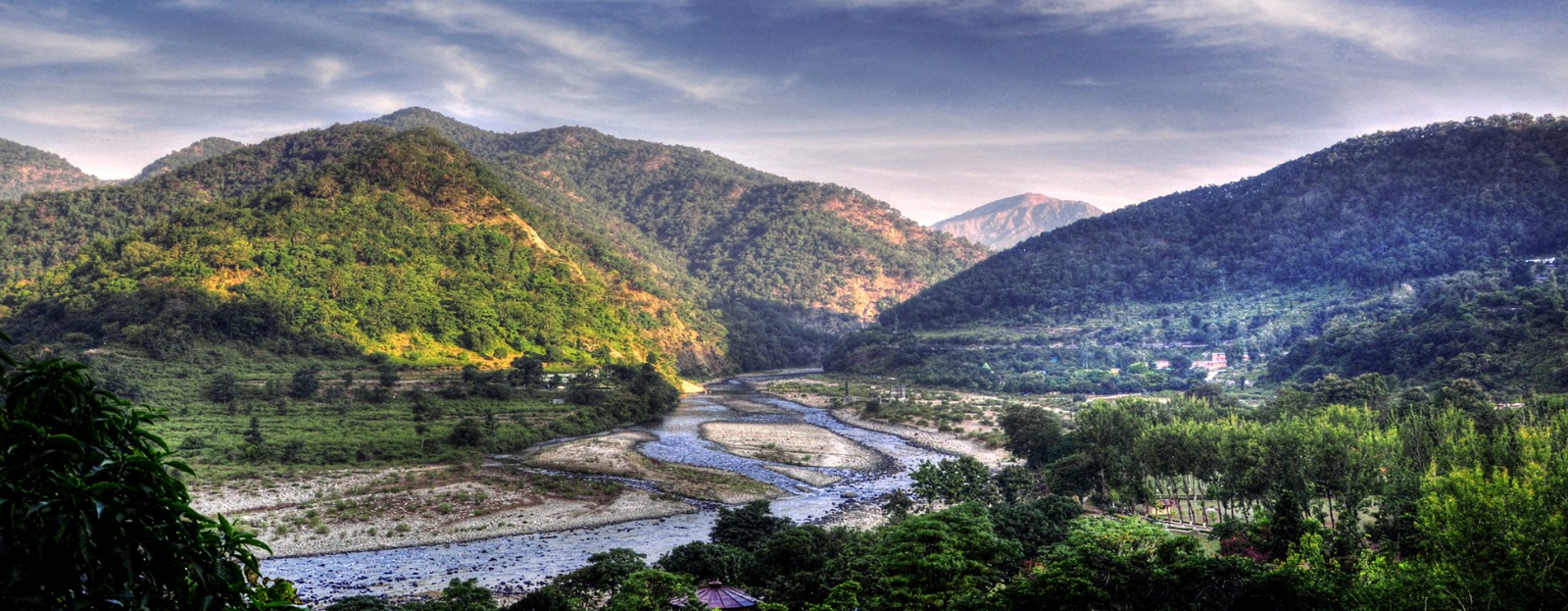
Early Morning: Jeep Safari: Begin with an early morning jeep safari in the Dhikala Zone, known for its rich wildlife and stunning landscapes. Mid-Morning: Breakfast: Return to the resort for breakfast. Late Morning: Corbett Waterfall Visit: Visit the Corbett Waterfall for a short trek and relaxation. Afternoon: Lunch: Enjoy lunch at the resort. Leisure Time: Relax at the resort or engage in optional activities like birdwatching. Evening: Evening Safari or Campfire: Opt for an evening safari or participate in a campfire and cultural program at the resort. Dinner: Return to the resort for dinner.
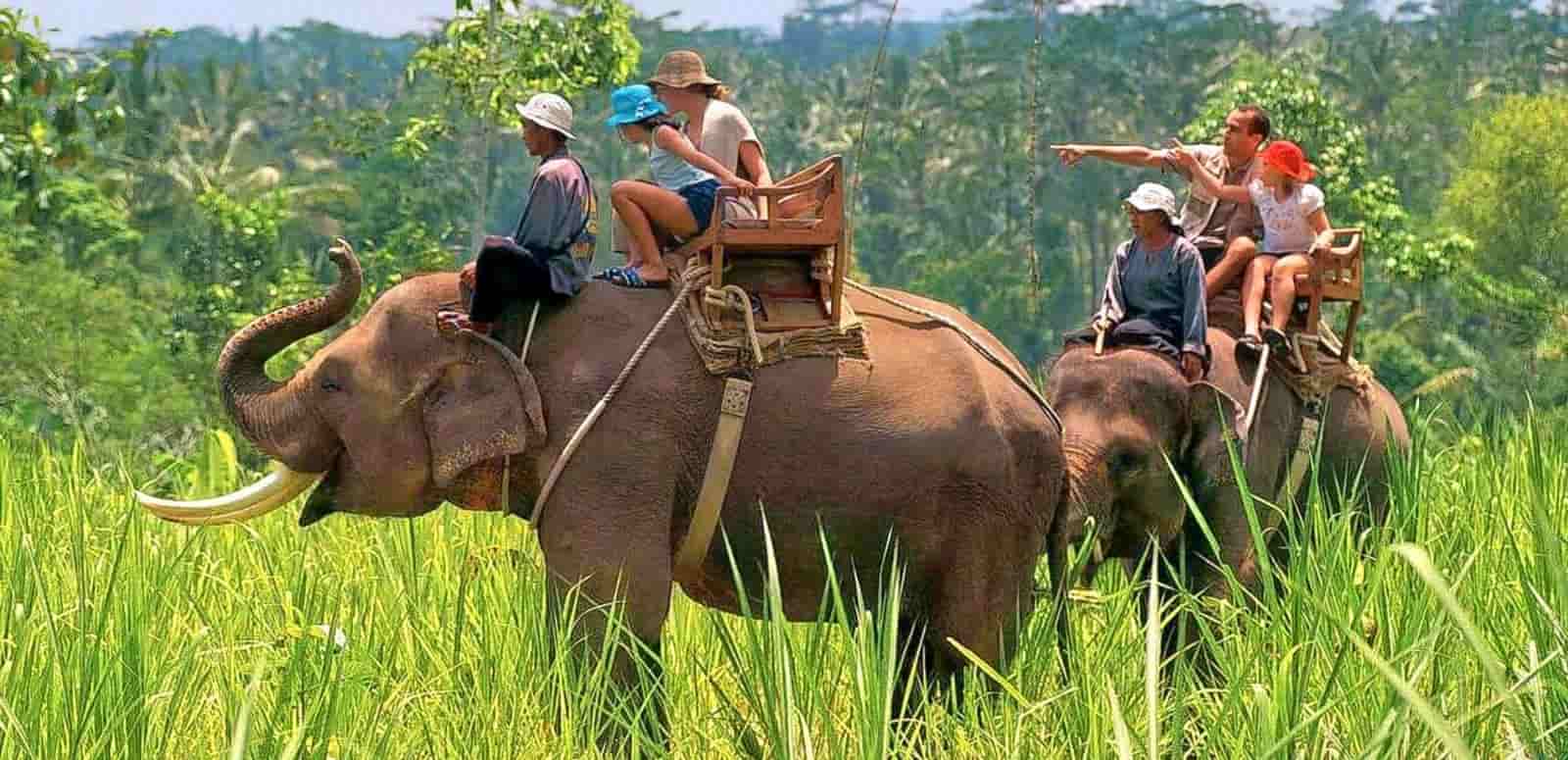
arly Morning: Jeep Safari: Go on an early morning jeep safari in the Bijrani Zone, another prime area for wildlife sightings. Mid-Morning: Breakfast: Return to the resort for breakfast. Late Morning: Visit Garjia Temple: Explore the Garjia Temple on the banks of the Kosi River for spiritual insights and scenic views. Afternoon: Lunch: Have lunch at your resort. Jim Corbett Museum: Visit the Jim Corbett Museum in Kaladhungi to learn about his life and contributions.Evening: Village Visit: Experience local culture with a visit to a nearby village. Dinner: Return to the resort for dinner.
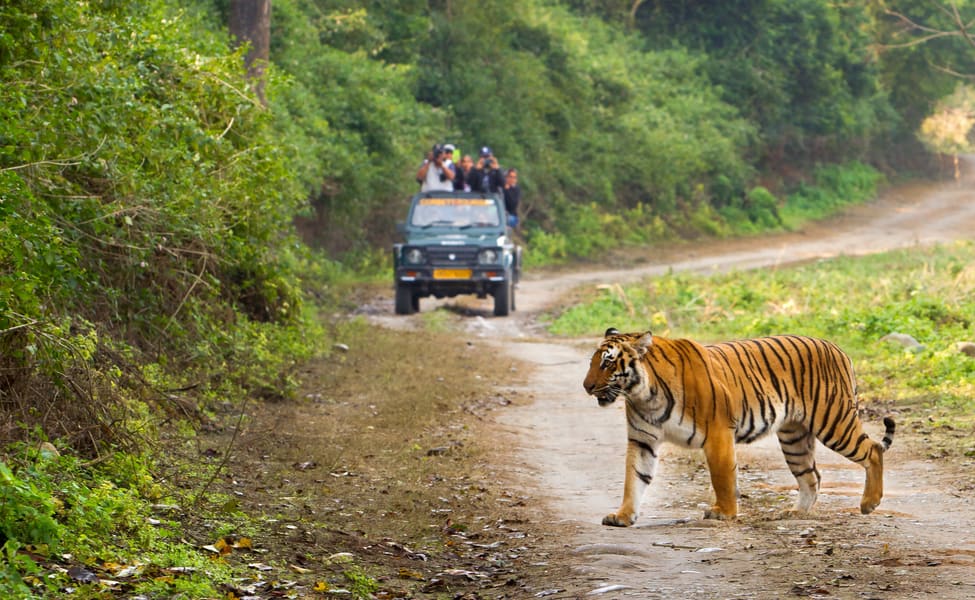
Early Morning: Jeep Safari: Take an early morning jeep safari in the Jhirna Zone, known for its diverse wildlife. Mid-Morning: Breakfast: Return to the resort for breakfast. Late Morning: Relaxation: Spend time enjoying resort amenities like the pool or spa. Afternoon: Lunch: Enjoy lunch at the resort. Fishing Trip or Nature Walk: Participate in a fishing trip or nature walk around the resort. Evening: Evening Safari or Leisure: Choose between an evening safari if available or relax at the resort. Dinner: Return to the resort for dinner.
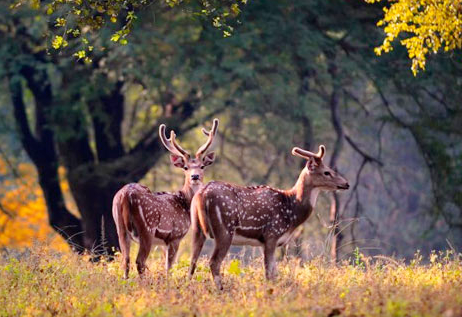
Early Morning: Jeep Safari: Embark on an early morning jeep safari in the Dhela Zone to explore new parts of the park. Mid-Morning: Breakfast: Return to the resort for breakfast. Late Morning: Explore Local Attractions: Visit nearby local attractions or enjoy a relaxed morning at the resort. Afternoon: Lunch: Have lunch at your resort. Leisure Activities: Engage in activities such as a cooking class or relaxation. Evening: Campfire and Cultural Program: Enjoy a campfire and cultural program at the resort. Dinner: Return to the resort for dinner.
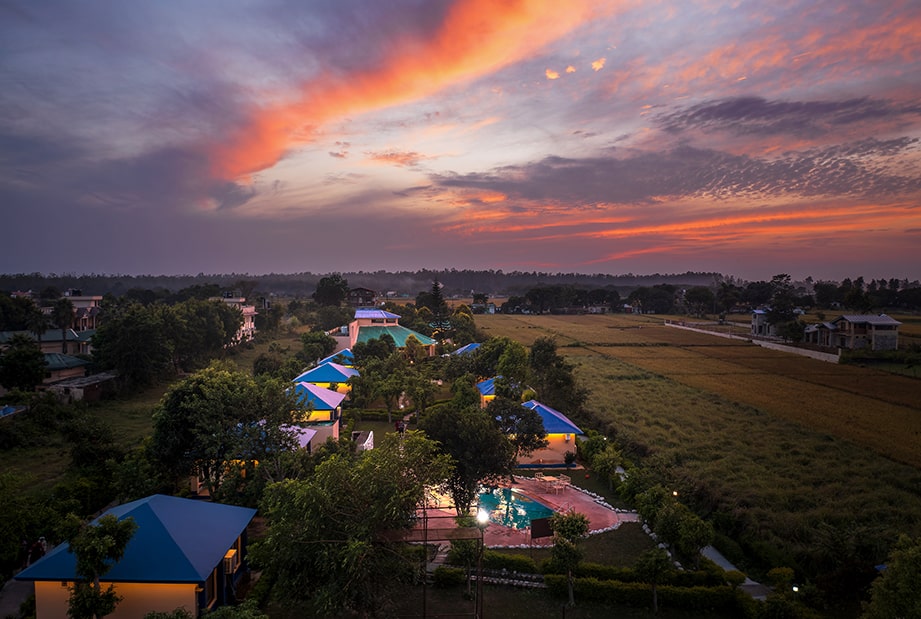
Early Morning: Jeep Safari: Take an early morning jeep safari in the Sitabani Zone, known for its tranquil environment and unique wildlife. Mid-Morning: Breakfast: Return to the resort for breakfast. Late Morning: Relaxation: Spend the morning relaxing at the resort or exploring nearby areas. Afternoon: Lunch: Enjoy lunch at the resort. Local Craft Exploration: Visit local markets or craft centers to experience regional art and crafts. Evening: Evening Safari or Leisure: Choose between an evening safari if available or relax at the resort. Dinner: Return to the resort for dinner
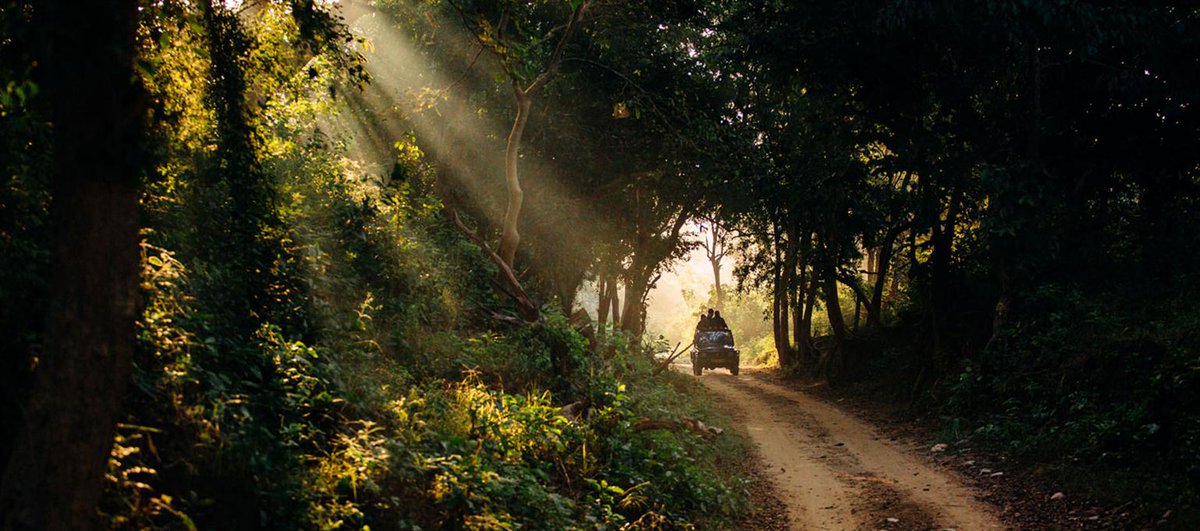
Early Morning: Optional Safari: If time permits, take an optional morning safari in a different zone or revisit a favorite area of the park. Mid-Morning: Breakfast: Return to the resort for breakfast. Late Morning: Relaxation: Enjoy a relaxing morning at the resort, making use of any remaining amenities. Afternoon: Lunch: Have lunch at your resort. Free Time: Use the afternoon for leisure activities or additional exploration based on your interestsEvening: Farewell Dinner: Enjoy a special farewell dinner at the resort, reflecting on your experiences and wildlife sightings.
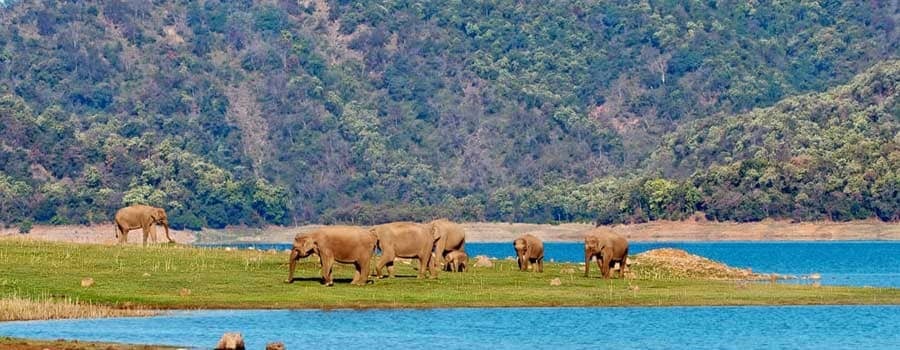
Early Morning: Final Morning Safari (Optional): If time allows, take a final early morning safari to savor one last experience in the park. Mid-Morning: Breakfast: Return to the resort for breakfast and check out. Departure: Travel: Depart for your onward journey, whether it's back to the railway station, airport, or your next destination.
Jim Corbett was a British hunter and wildlife conservationist born in 1875 in Nainital, India. He is significant for his transition from hunting man-eating tigers to advocating for wildlife conservation. His efforts led to the establishment of Corbett National Park, India’s first national park, dedicated to protecting the Bengal tiger and its habitat.
Jim Corbett’s shift from hunting to conservation was driven by his growing awareness of the need to protect wildlife and their habitats. His experiences with declining tiger populations and his realization of the ecological importance of preserving these animals led him to focus on conservation efforts.
Corbett National Park was established in 1936, originally named Hailey National Park. It is important because it was the first national park in India, created to protect the Bengal tiger and its habitat. It serves as a model for wildlife conservation and is a crucial haven for diverse flora and fauna.
Jim Corbett’s notable books include "Man-Eaters of Kumaon," "The Man-Eating Leopard of Rudraprayag," and "Jungle Lore." These works provide vivid accounts of his wildlife encounters and observations, reflecting his deep knowledge and respect for nature.
Jim Corbett contributed to wildlife conservation by advocating for the protection of wildlife and their natural habitats. His efforts in creating Corbett National Park laid the foundation for future conservation initiatives in India and raised awareness about the importance of preserving natural ecosystems.